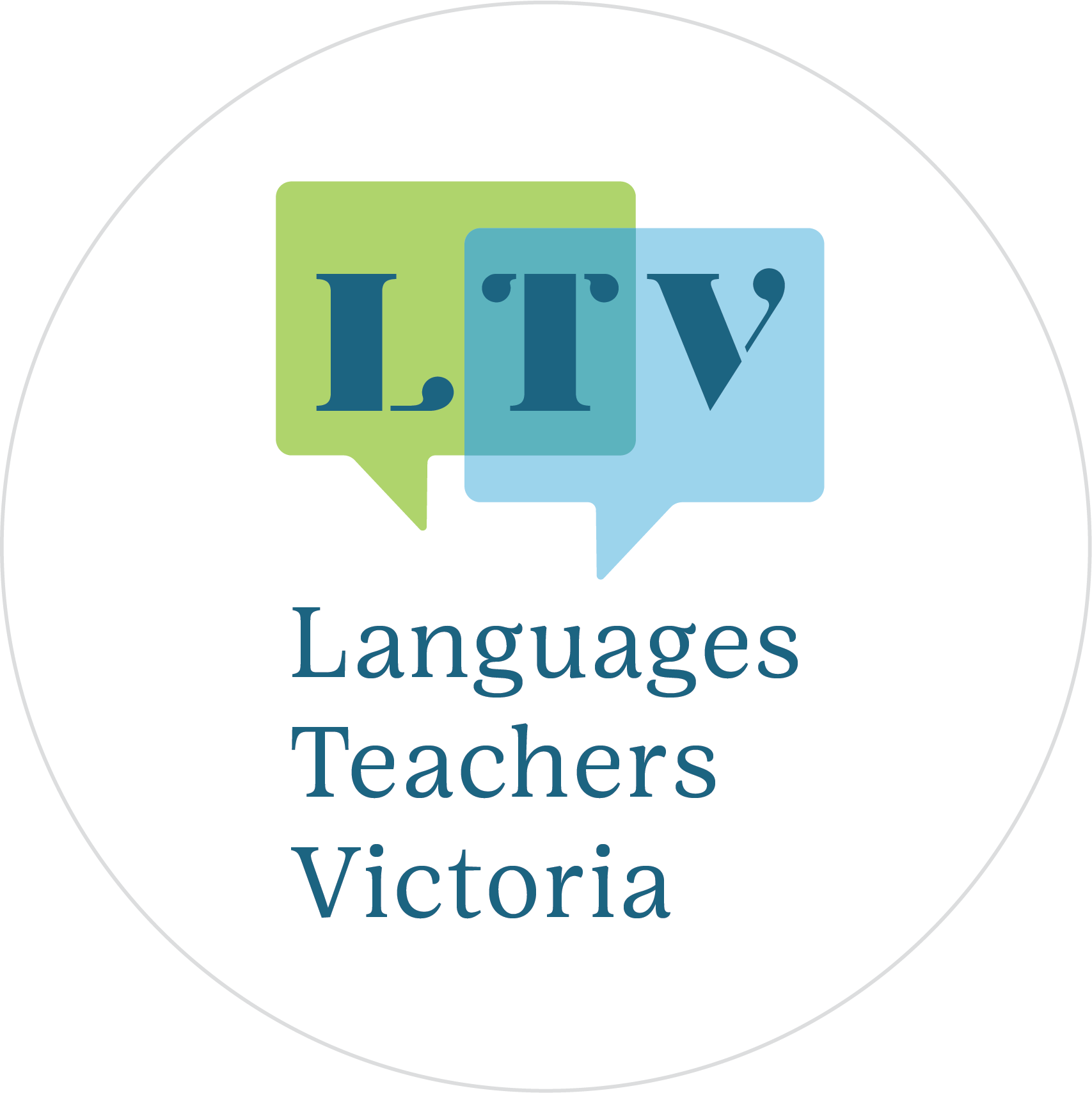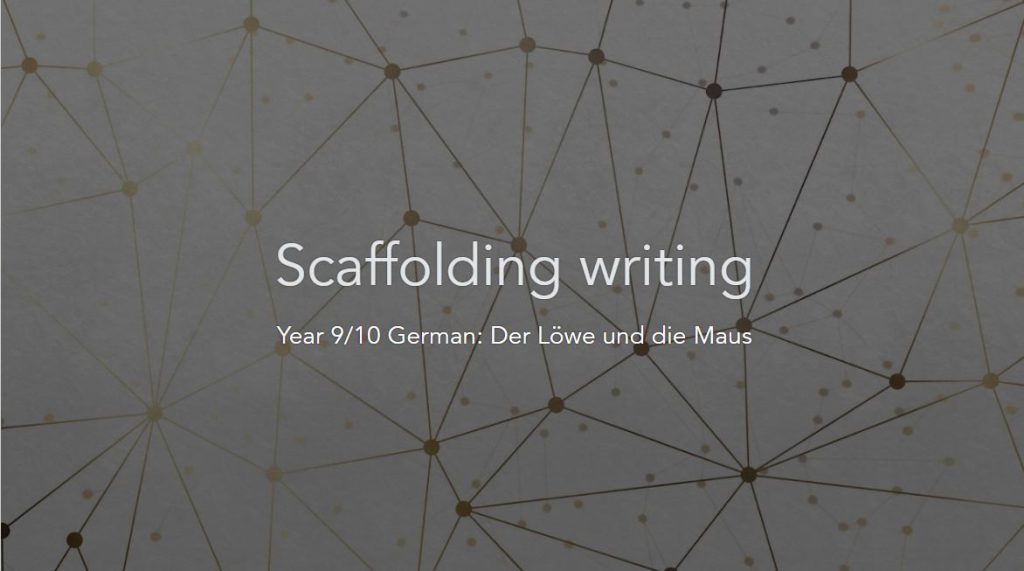Five literacy strategies Languages teachers can leverage to support students’ writing:
1. Find opportunities for students to share their English literacy knowledge and literacy knowledge in other languages they know.
2. Identify the tools, strategies and materials English and EAL teachers use and adapt them for your language.
Secondary teachers should consider researching the literacy resources used by primary school teachers as they are often very clear for students to understand.
3. Use the same metalanguage (at least initially) as the English teacher does.
Using the same terminology is an overt sign that literacy does not reside in English (the language or learning area).
4. Encourage students to be curious about texts from the target culture.
Have them analyse and compare them to see how their current knowledge can be transferred and/or adapted when writing in the target language.
5.Promote and model a positive mindset around writing in a new language.
Encourage students to see it as a communication challenge; they should ask themselves ‘How can I communicate my ideas using the linguistic resources I have?’ (rather than rely on translation).
A note about Cedric Chamontin’s language and literacy journey
Cedric Chamontin is a French teacher at McKinnon Secondary College in Melbourne. As part of the Teaching Excellence Program, he undertook a practitioner inquiry into differentiation. He was familiar with the Tomlinson model of differentiation (2017) which includes a focus on content, process and product. Cedric wanted to investigate how this could be applied to the teaching and learning of writing. The problem of practice he wanted to address was how to ensure that his differentiation strategies supported students who were not achieving as high as others and/or students who lacked confidence in their French writing skills. He felt that some of his students focussed mainly on the language demands of writing, particularly avoiding making grammatical errors. Cedric wanted to understand how to better leverage students’ English literacy knowledge and explore the pedagogical tools used in teaching English literacy, specifically writing skills that might help improve all his students improve their writing.
Cedric collaborated with Andrea Truckenbrodt, a consultant and former Master Teacher for Languages and English at the Victorian Academy for Teaching and Leadership. They discussed the differentiated learning sequence described on the Scaffolding Writing Model page. The key features of the learning sequence were:
- the use of literary tools and strategies used in the teaching of English literacy;
- overt leveraging of students’ complete linguistic repertoires including their English literacy knowledge;
- accommodations for differentiation of process and product to meet the needs of all learners.
Cedric adapted the model to meet the needs of his Year 12 French students and the time constraints associated with the VCE. His lesson sequences cover 2 x 48 minutes lessons and are described on the Year 12 French VCE Exemplar: Polo – le aventurier rêveur page. Cedric had to truncate the learning sequence and while he and his students still rated the experience a great success, Andrea has included a Year 9/10 German Exemplar: Der Löwe und die Maus comprising at least 4 lessons, to illustrate how the model might look for learners in Year 9 or 10.




